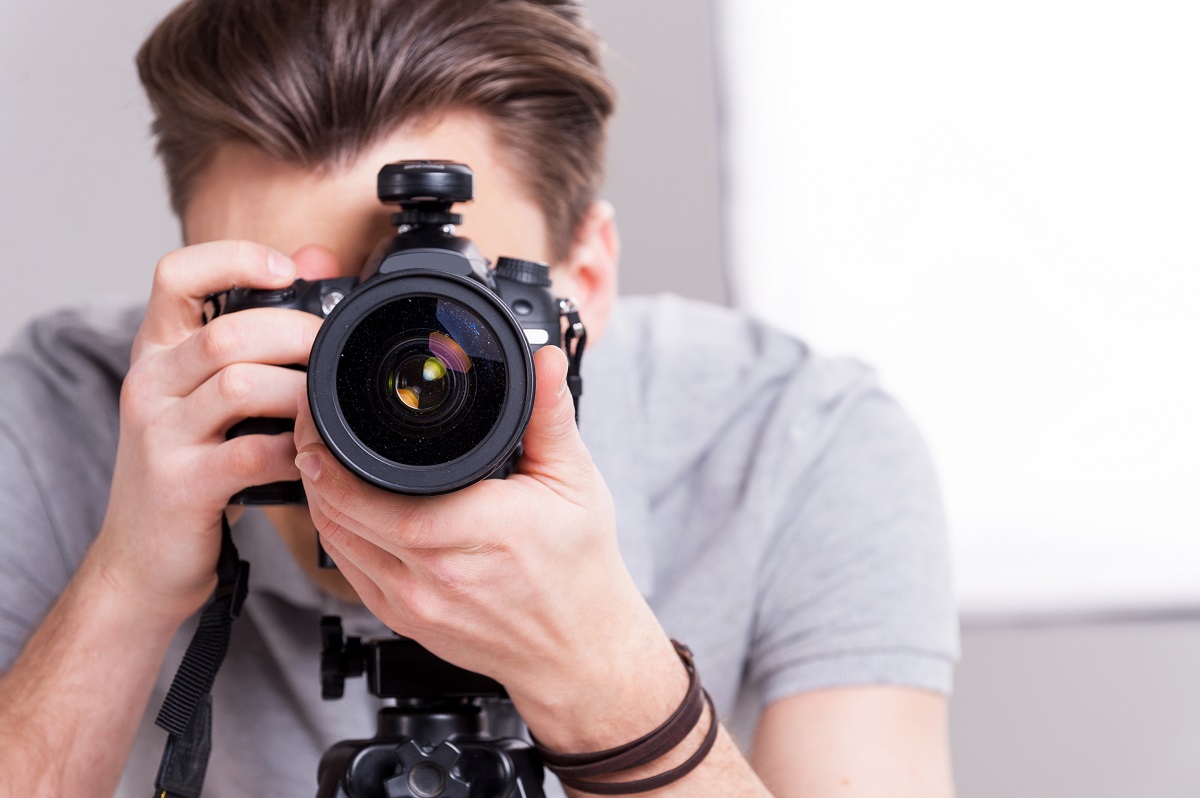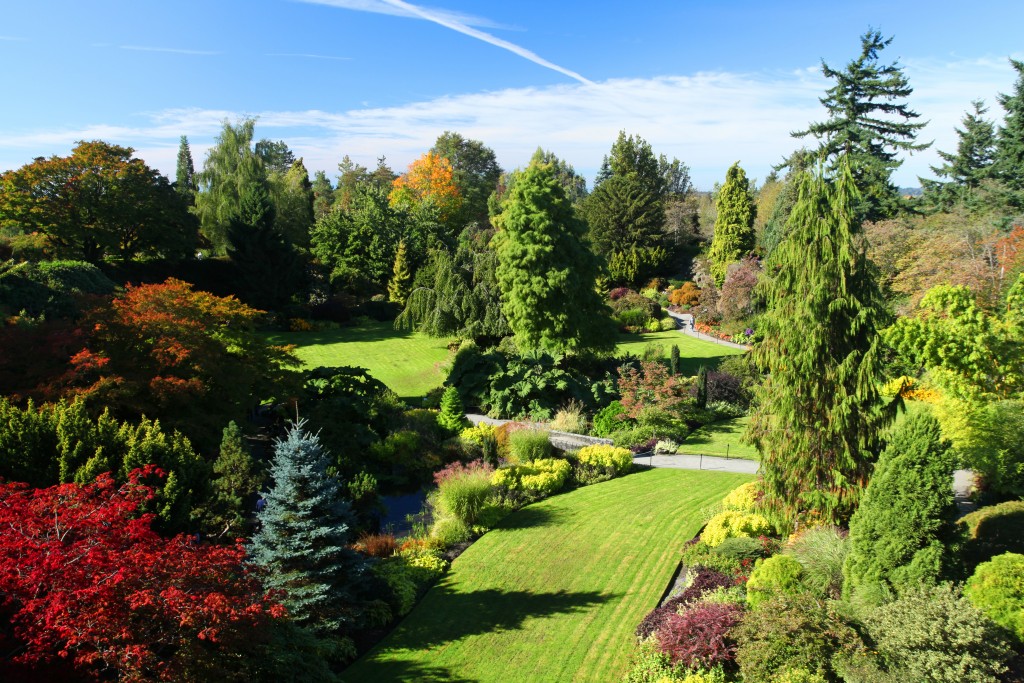If you work in any industry that requires mass communications, you will know that images play an important role. They send messages better than descriptive words. ‘Show. Don’t tell,’ is no longer only for fiction writers, but for anyone engaged in communication work.
Because of this, the work of illustrators and photographers is important. While skills in illustration take a long time to develop, you could learn the most basic skills in photography in a short time. Several professional photographers offer crash courses to share what they know. It’s a good investment considering its usefulness. For example, it could complement your work in an ad agency. Many print ads use photos, even if they are digitally manipulated. It’s difficult if you’re dependent on stock photos. It will also incur additional expenses if you ask professional photographers to take the photos you need.
If you don’t know where to start, you could first look at the basics of landscape photography. It’s most commonly needed in different ad campaigns. A real estate company could ask you to do an ad campaign on house and land packages. A resort or a theme park could contract a project with you. Landscape photography is also trendy in the tourism industry. To start you off, here are a few tips on doing landscape photography.
Practice the rule of thirds.
The most basic in photography is the rule of thirds. It’s not just for photos, but images in general. Imagine two vertical and two horizontal lines cutting across your frame to divide it into nine equal parts. The intersection of these lines, four in total, are your points of interest. Meaning, this is where you want to locate the part of the image you want your audience to look at.
But you could experiment on this. The ‘dead center,’ which is placing your point of interest at the very center of the photo, could be explored. What’s important is that you highlight the image you want your viewer to look at first while maintaining an interesting composition.
Check for prominent colours that are distracting.
As mentioned previously, if you want the viewer to focus on something, make sure there are no other eye-catching details around it. Red, yellow, and orange are aggressive colours and could easily catch attention. Even if your subject is also coloured red, if there are other aggressive colours around it, the viewer’s attention is spread out.
Make sure your background is even.
This is the main problem for many nonprofessional photographers. Photos are often skewed because they don’t look at the backgrounds. They only look at their subject. But perspective varies depending on your position relative to the subject. If the subject is facing to the side or slightly tipped and you use it as your reference, you might end up taking a tilted photo. Either you align perfectly with your subject or show its angled position by showing an even background.

You need a reference if you want to show scale.
Photos could be deceptive when showing sizes. If you want to give the most approximate size of the area you’re capturing, you need to use something as a reference. It’s quite difficult when you’re doing landscape photography since your reference could always be nearer you. The most you could do is find an object that is part of the landscape. For example, there might be a house on a mountain slope you could use as a point of reference to show the height of a mountain.
Showing the scale of homes or buildings is easier as you could go near them. Your car could be a reference. The viewer will have an idea of the size of your car. Park it to the building as close as possible. A person standing in the doorway or looking at the window is also a good reference for size approximation.
Mind the sun.
Make sure the sun is not behind the house or buildings you’re taking a photo of. It will cause shadows and obscure their façade. Taking photos in downcast weather would give your image a different look than when you’re taking it with full sunlight.
As mentioned, the position of the sun affects shadows. Photographers who want dramatic landscapes avoid taking photos at noon because everything is whitewashed. Shadows, although you need to make sure they don’t obscure your images, also create drama in a photo.
These are just basic things you need to keep in mind when doing landscape photography. How you could achieve a depth of field, bright colours, or capture the sparkle of water could be done with knowledge on camera settings. For this, it is either you take the time to look at video tutorials or go directly to an expert to guide you.

